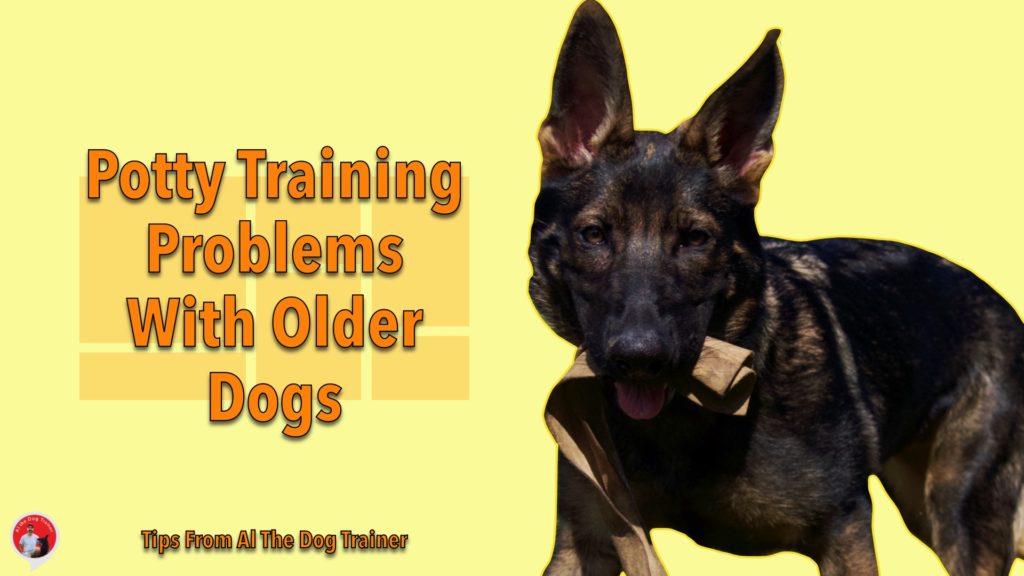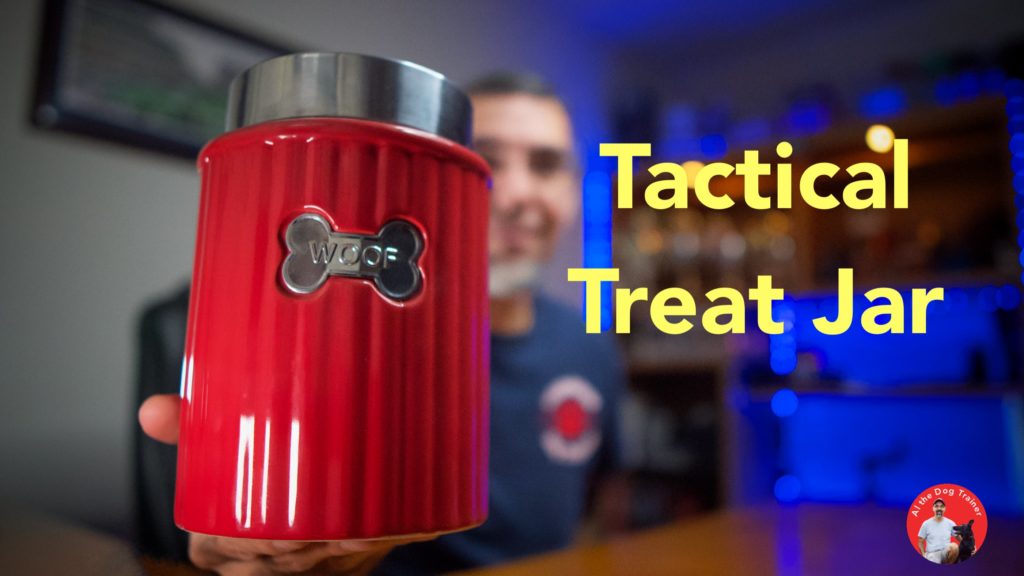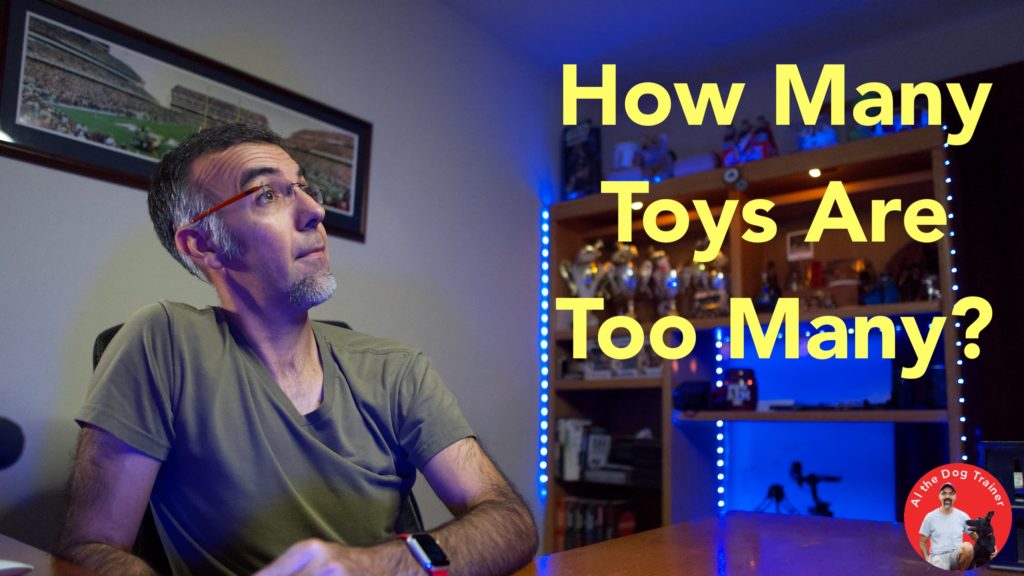
Today’s topic is potty training problems with older dogs. So I recently received a message from someone asking me for some help on issues with an older dog. This person has a six-year-old dog who pees in the house. She cannot have anyone else watch him for her because he will pee in their house as well. Almost immediately and repeatedly mark his new territory. He was a rescue as an older puppy, and this has always been a problem. He knows that he’s supposed to pee outside, and he does not seem at all that compelled not to pee inside too.
She says that she has steam cleaned every carpet with all the special dog carpet sprays and shampoos. And it does not seem to make a difference.
These can be some challenging problems. I have to applaud this person for two things. One for reaching out because they need some help and all the steps they’ve taken to solve the problem.
Coming Up With Solutions
So before I get into solving the problem, I want to generally share with you all how I come up with the solutions to offer people. So the one thing that I always look at is how well are we reinforcing the dog for using the restroom EXACTLY where we want? If you notice, I emphasize the word exactly because I feel that we might often be too vague. Now, if you’re not vague, good, but is there any chance that you could be too vague about what it is that you want your dog to do?
In this case, is there any chance that you’re too lenient on where specifically you want the dog to go?
Let me give you an example.
Some people say I’d like the dog to go in the backyard, and that’s perfectly fine in most cases. But if you’re struggling, it may help to say that they’re going to relieve themselves in this four-by-four area next to my patio. And I’m not going to change my mind. You’re 100% going to go there. So either one of these is good.
The Smaller Target The Better
It’s been my experience that the smaller target or the more precise target of this specific area, when followed by a meaningful form of reinforcement and done consistently for several weeks, really helps the animal understand. Now, I think that it’s also necessary when you’re having these kinds of problems, especially with an older dog, that they’re going to have to be put on a leash more often. And you’re going to have to control their food and water. You may even have to go to the extent of crating this dog more often.
Here are some of the problems. When you’re trying to fix this problem with an older dog, there’s a good chance that they already have the habit built into the brain. You’re not going to delete those neurons from the dog’s brain of knowing that they use the restroom inside the house. What you want to do is you want to do your best at rewarding the dog, precisely where you want the dog to go. And then not giving that dog the opportunity to make a single mistake for probably two to four weeks.
That’s hard to do. It’s hard because that means that you’re going to have to keep the dog on a leash probably, and you’re going to have to keep the dog in the crate more. And you’re going to have to do as much management to prevent them from doing that.
Outside Dog
Now, here’s one suggestion, but it may not be something that works for everybody. One suggestion is to turn your dog for a short period of time into an outside dog. And what I mean by that is that you could have a kennel in your backyard in the area where you want the dog to be. I’m actually talking about a kennel, something at least 6ft by 6ft in size. That way, the dog can begin to form a potty habit outside without too much management on your part.
Doing that will help quite a bit because using the restroom is naturally rewarding, and the dog will begin to forget that it’s used inside the house. But I really think that it’s in anybody’s best interest that’s struggling with this problem to really manage the dog in a way and take them to the spot and then reward the dog very well.
Possible Correction
Now, I do want to address possibly correcting the dog. So I don’t feel that you maybe should correct the dog if you catch it in the act inside the home. But there is a chance that I might be wrong. I say that because not every dog is the same. I generally tell people not to punish dogs for relieving themselves inside the house because it’s generally a management issue. However, this is an older dog. You need as many things helping the dog to understand that going outside is correct and then clearly showing the dog that if you go inside the home, this is wrong, and here is why it’s wrong.
Your correction does have to make the dog uncomfortable to some degree. I don’t want anybody to injure their dog by being too firm, but you have to be firm enough that the dog understands that when they choose to pee inside the restroom, it leads to unenjoyability. If a dirty look will do that. Great. If yelling works, maybe even leash correction or collar correction will do that. Use what will work for your dog and what’s worked in other forms of training.
So again, the takeaway here, if you’re struggling, is to really be very specific about where you want the dog to go and reward that daily and multiple times a day. So the dog can understand that that’s the best thing to do. Manage the dog for the next several weeks, so it doesn’t have the opportunity to do that.
And it may also include taking up the water, taking up the food, and even putting the dog on a schedule.
I hope that was useful for you. If you’d like to have me answer your question, please text me what it is. You can text me at 832-734-5189, and your question could get answered next.
Remember, you can always go to my YouTube Channel for helpful videos and find more tips like this right here at www.longoriahausdogtraining.com.
Happy Training!





